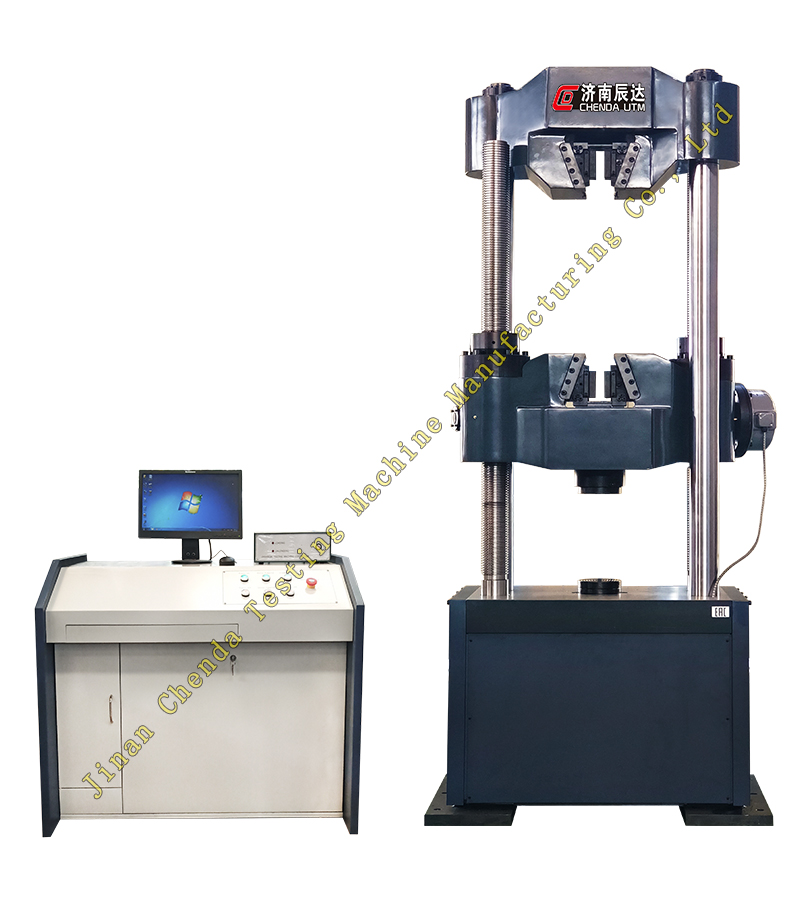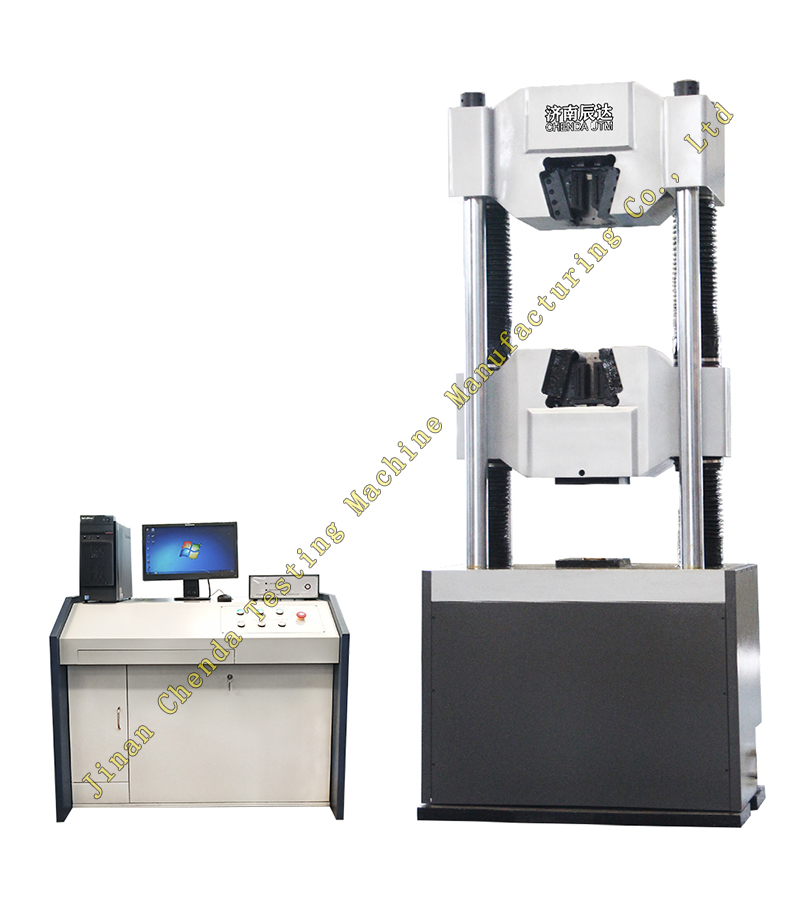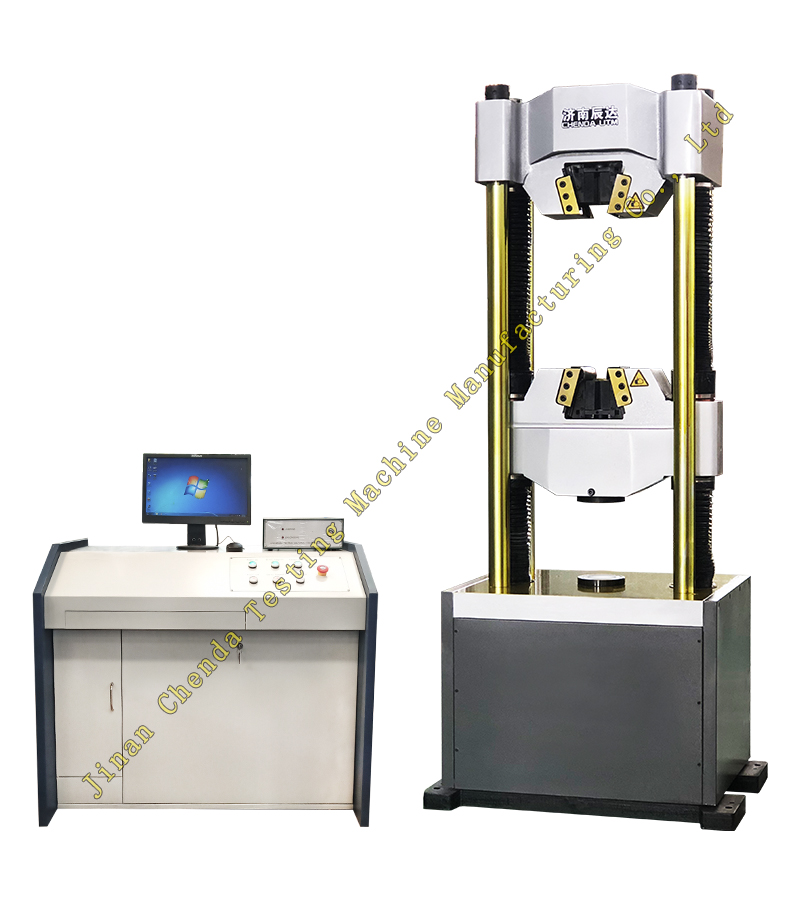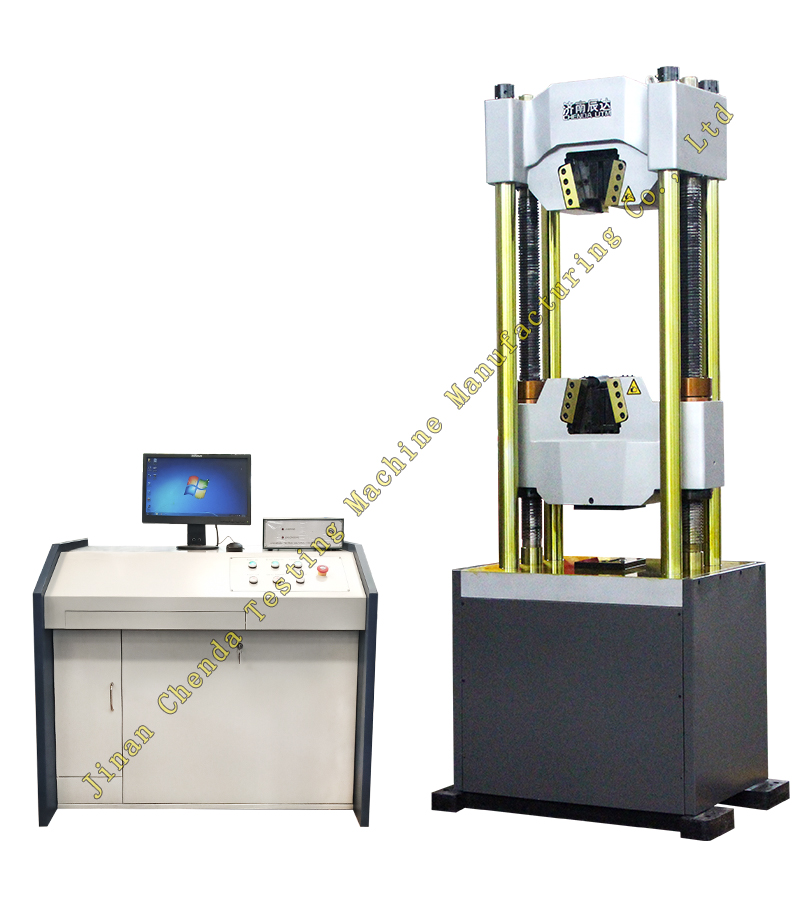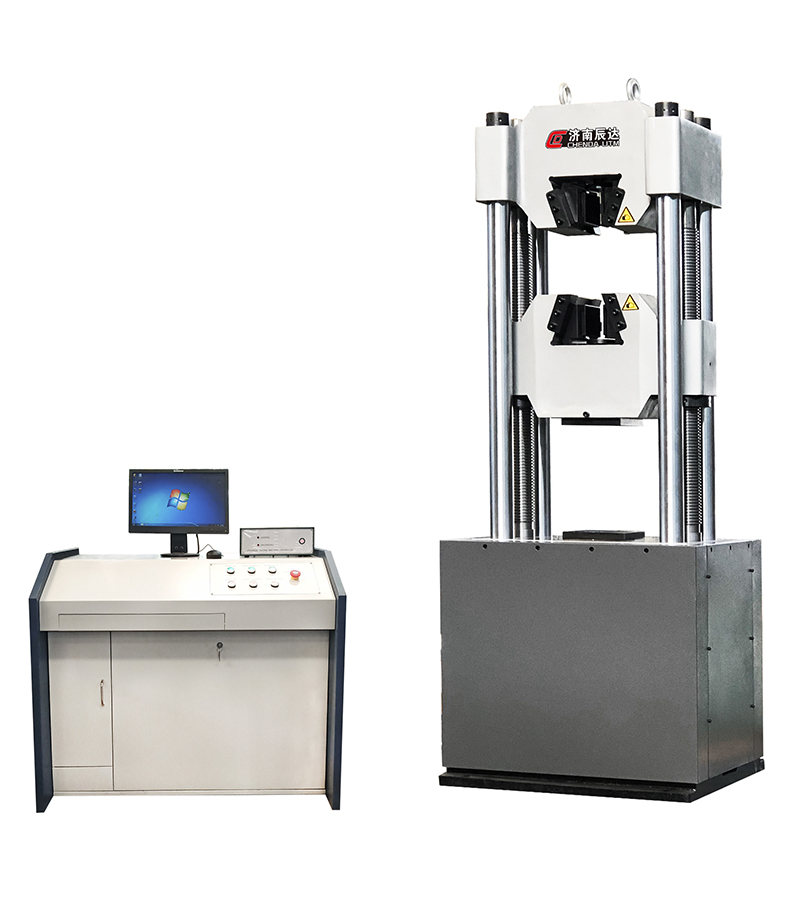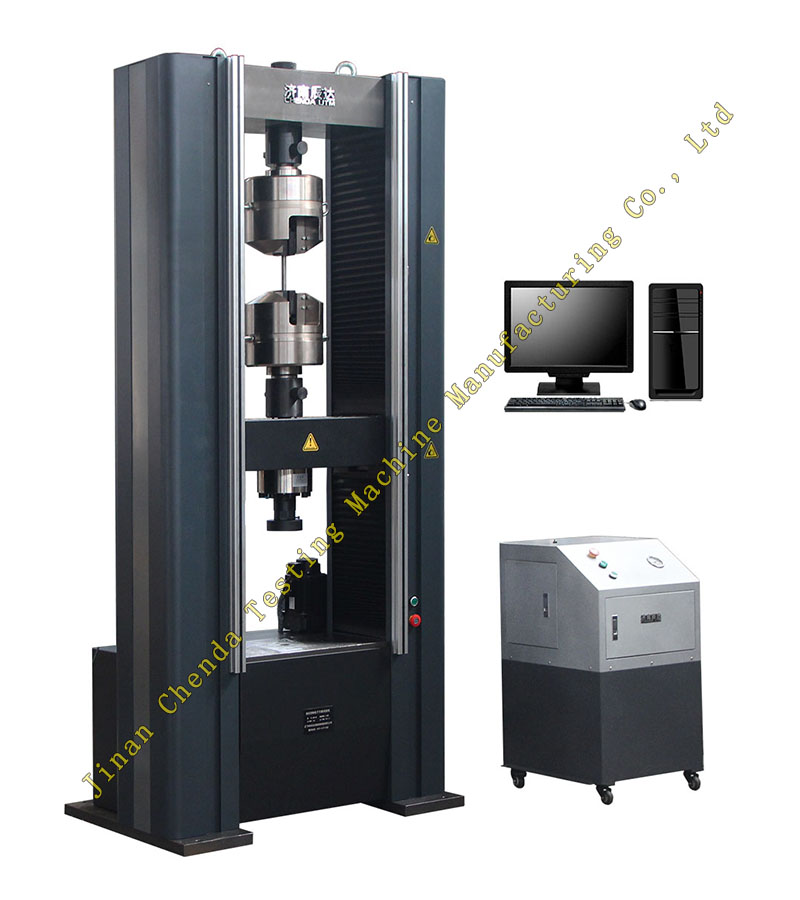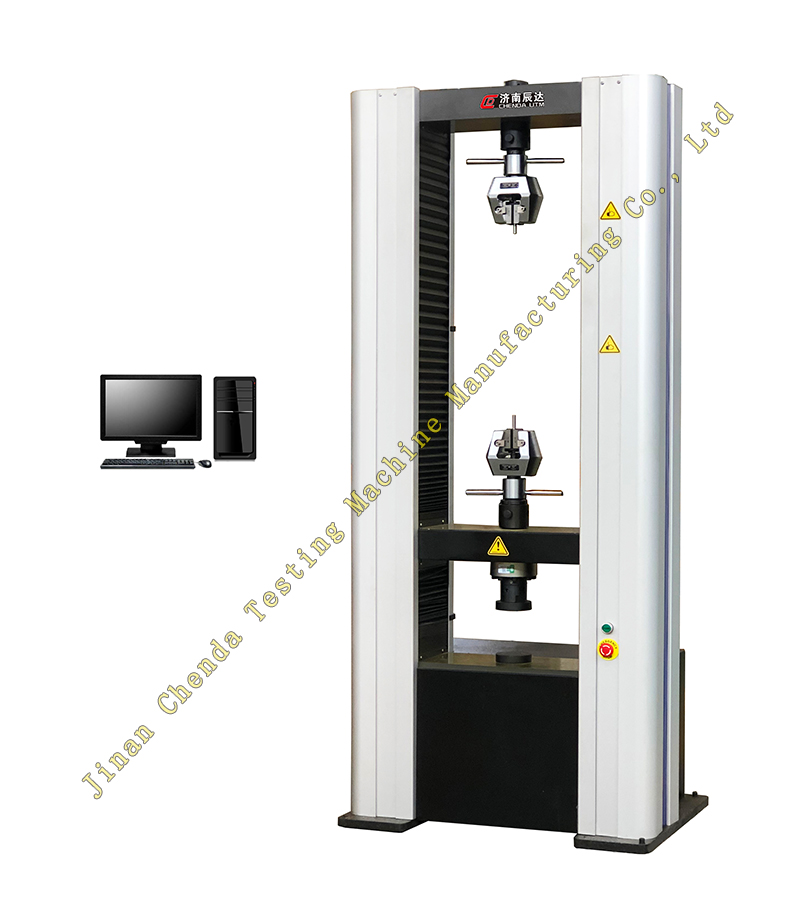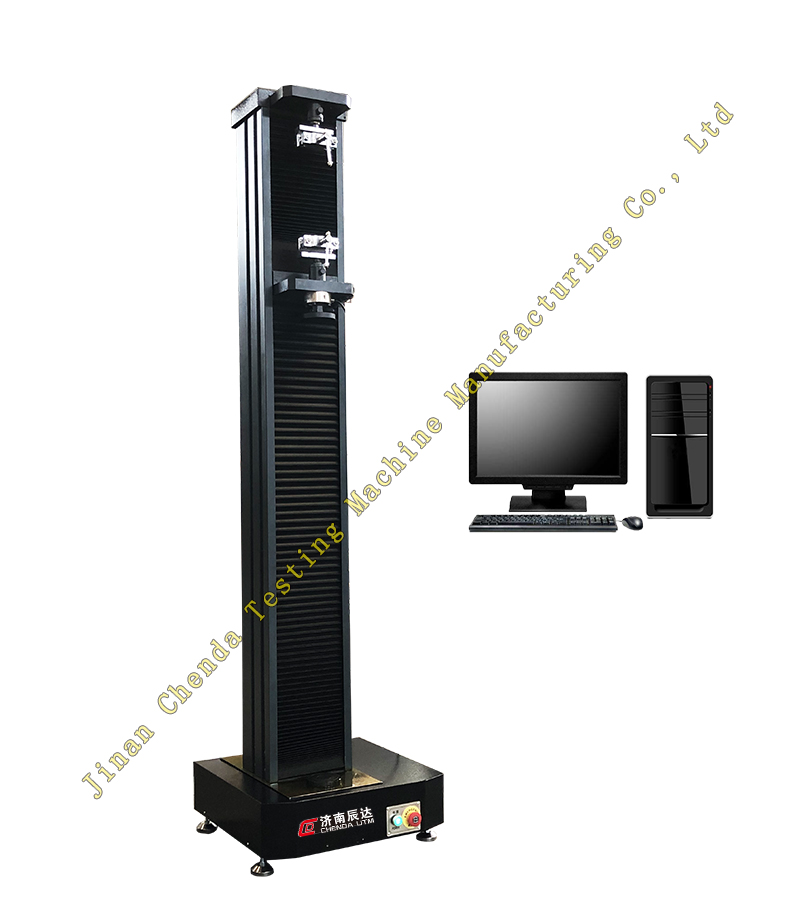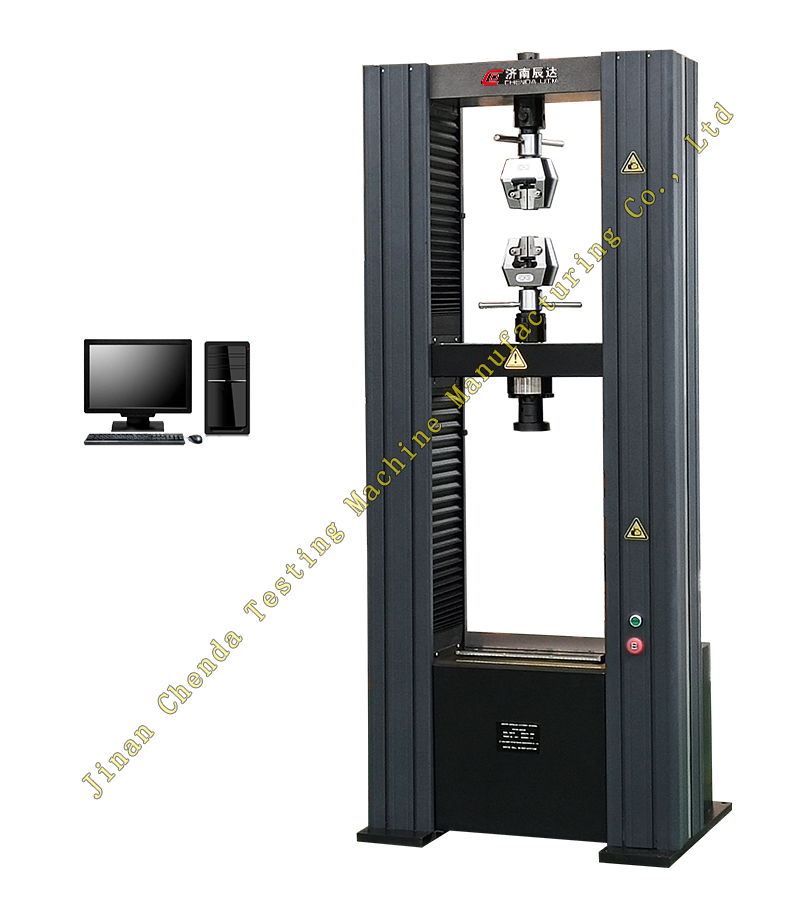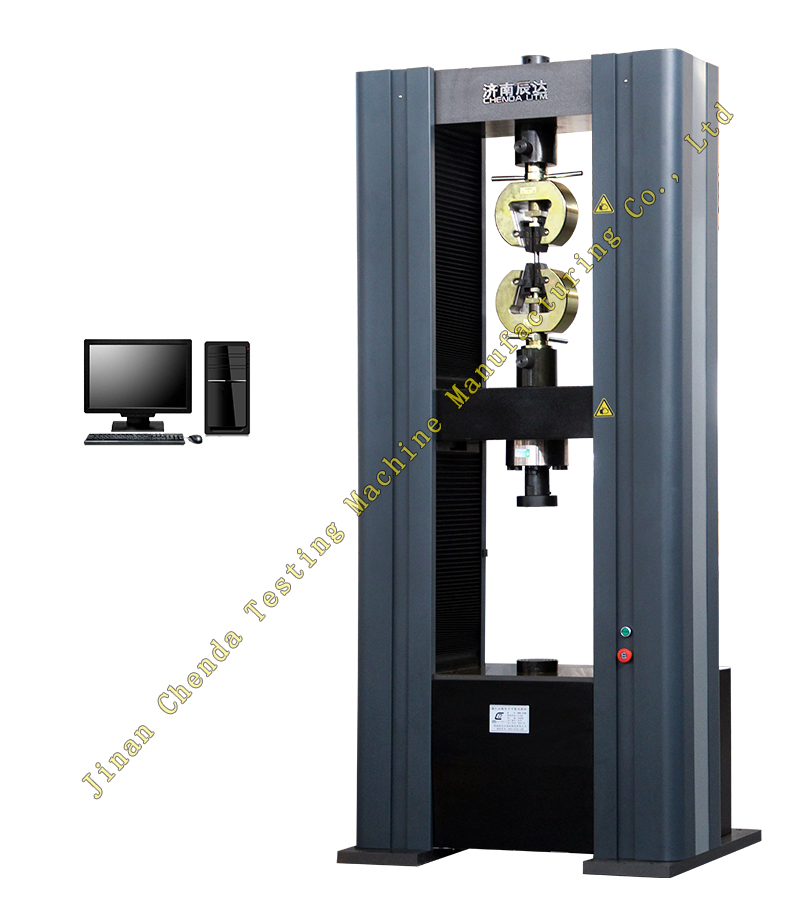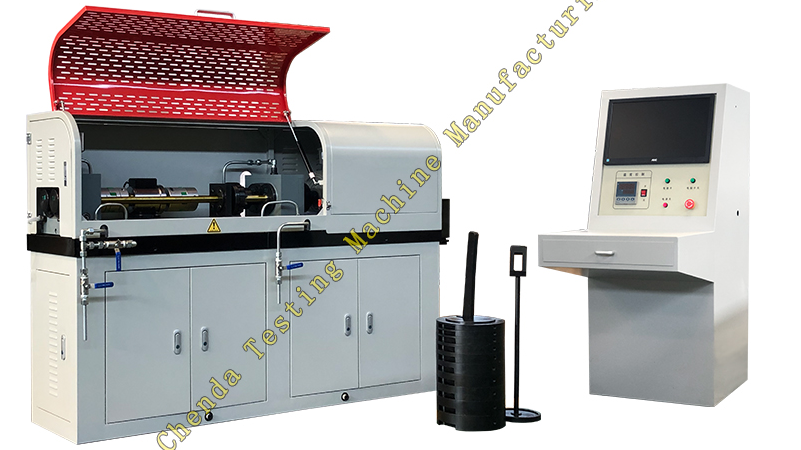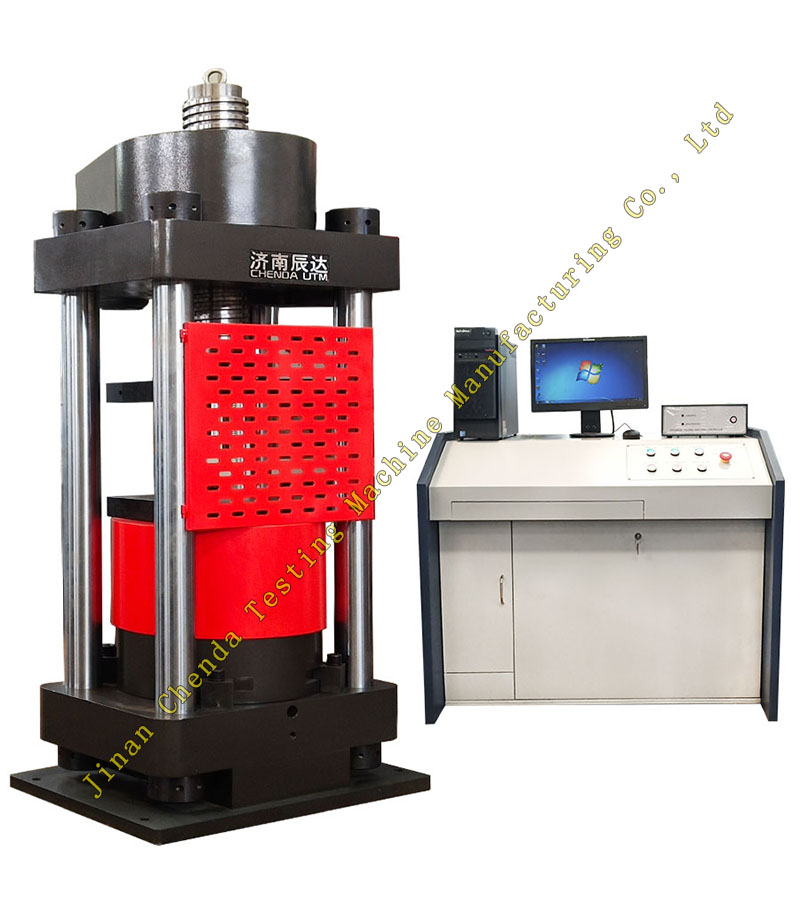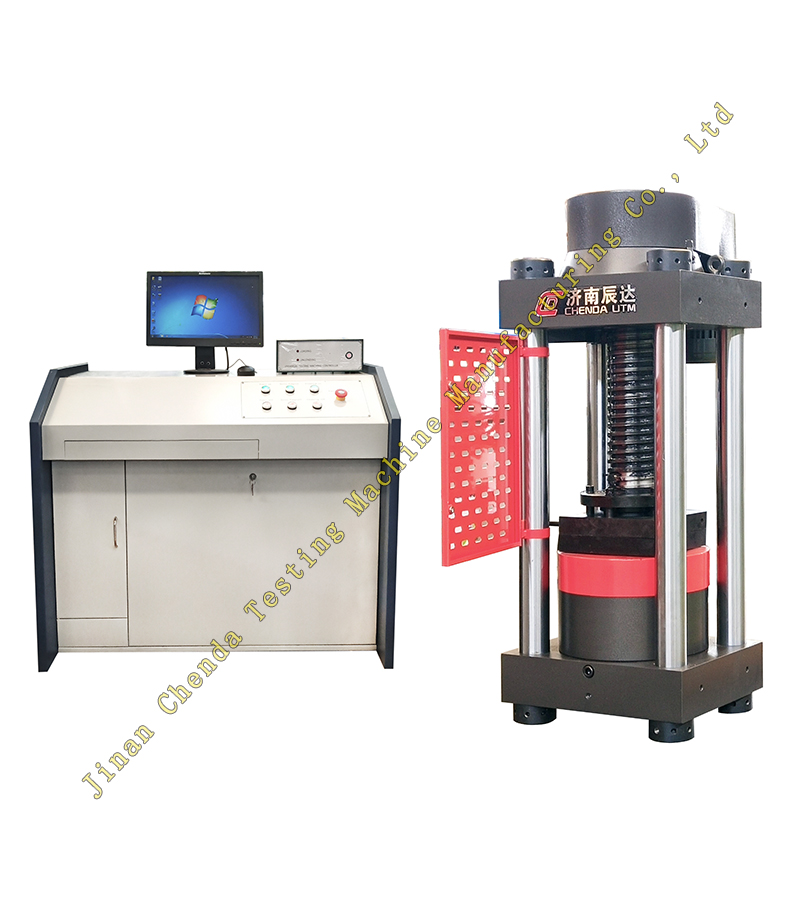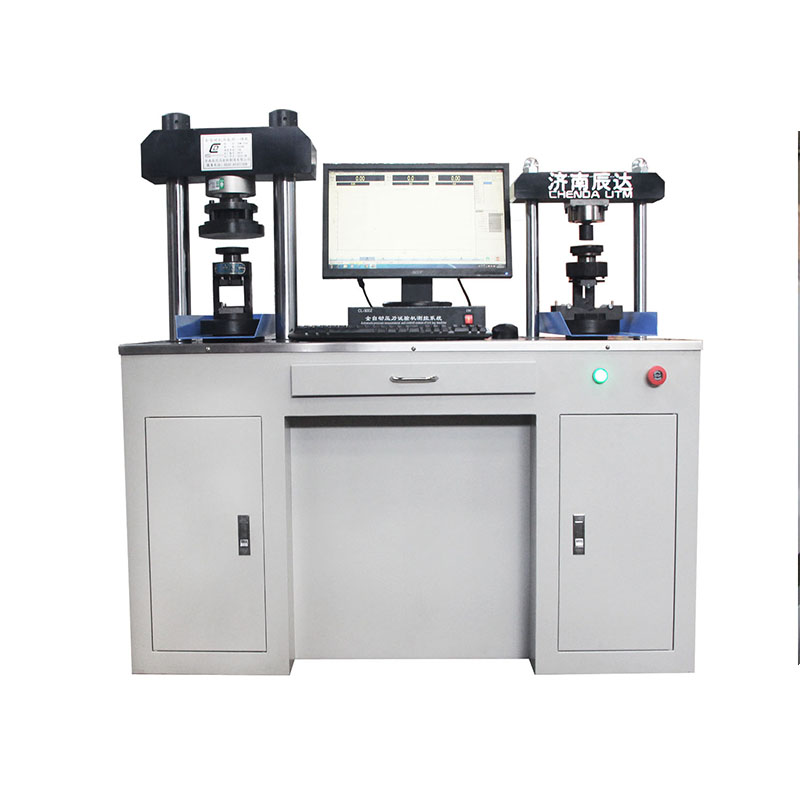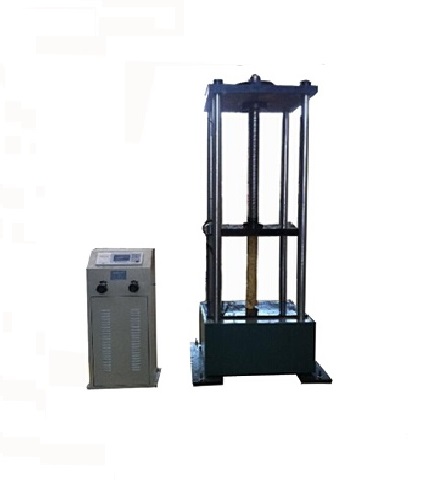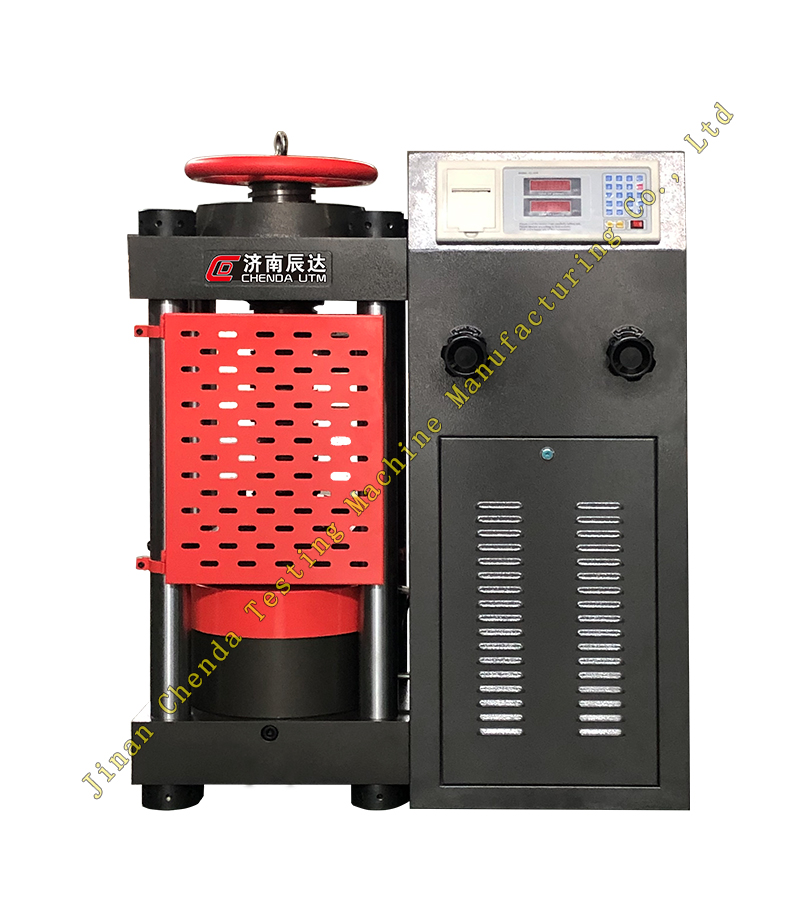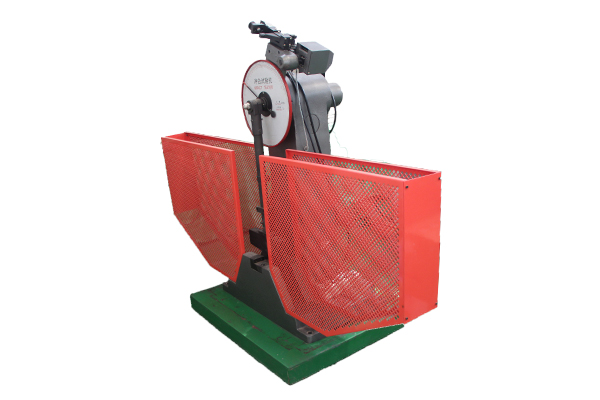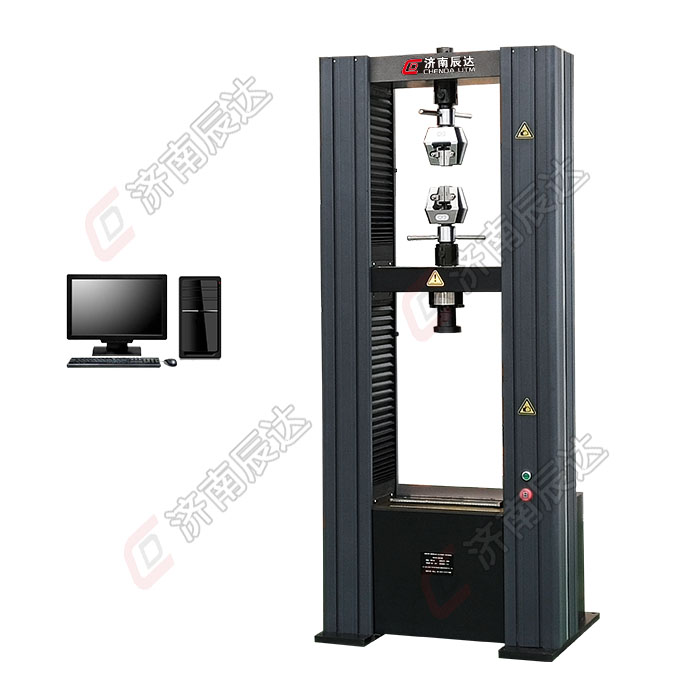
The development process of testing machines is a microcosm of industrial technological progress, and its evolution can be divided into five key stages:
1、 The era of manual and mechanical drive (mid-19th century - early 20th century)
Early testing machines were mainly operated manually, relying on simple mechanical structures such as levers and weights. In 1869, American engineer Tinius Olsen invented the first lever type tensile testing machine, which could complete basic tests such as tension, compression, and bending. In 1880, Britain introduced the lever heavy hammer testing machine, which achieved quantitative testing through weight loading. Although the precision of the equipment during this period was limited, it laid the foundation for material mechanics research and was widely used in industrial fields such as railways and bridges.
2、 Breakthroughs in Hydraulic Technology (Early to 1970s)
At the beginning of the 20th century, the Swiss company Amsler developed hydraulic testing machines, which use hydraulic oil pressure to achieve high load output, are easy to operate, and have a compact structure, becoming the main equipment for testing building materials. After World War II, hydraulic technology developed rapidly driven by military demand. The United States used hydraulic testing machines for aircraft material inspection in the 1940s, while Germany introduced high-precision hydraulic testing systems in the 1950s. In the 1950s, China replicated Soviet hydraulic testing machines and gradually achieved localization.
3、 Electronics and Automation Innovation (1950s to 1990s)
In 1943, Instron developed the first displacement closed-loop control electronic testing machine, marking a new stage in testing accuracy. In the 1950s, with the maturity of electro-hydraulic servo technology, dynamic fatigue testing machines emerged, which could simulate complex load conditions. In the 1960s, computer technology began to penetrate the field of testing machines. In 1967, the United States introduced a fully automatic cupping testing machine controlled by a microcomputer, achieving automation in data acquisition and analysis. China developed its first electro-hydraulic servo testing machine in 1985, filling the gap in high-end equipment.
4、 Digitization and Standardization Process (1990s to early 21st century)
With the popularization of computer technology, testing machines have entered the era of full digitization. In the 1990s, an electro-hydraulic servo dynamic static universal testing machine based on DSP technology was introduced, which can achieve multi-channel coordinated loading and random fatigue testing. The International Organization for Standardization (ISO) and industry standards from various countries have successively been introduced, promoting the requirement for testing machine accuracy to be within ± 1%. After 2000, China formed a cluster of more than 200 testing machine enterprises, and the performance of products such as electronic universal testing machines and high-frequency fatigue testing machines is close to international standards.
5、 The integration of intelligence and the Internet of Things (21st century present)
Modern testing machines integrate technologies such as the Internet of Things and big data to achieve remote monitoring and data analysis. For example, real-time transmission of test data through cloud platforms, combined with AI algorithms to predict material life. The multi degree of freedom coordinated loading system can simulate complex working conditions such as spacecraft and automobiles, promoting the development of aerospace and new energy fields. At the same time, testing machines are being specialized and subdivided, such as hydraulic testing machines for building blocks and dynamic testing equipment for composite materials, to meet personalized needs.
Milestones in Technological Evolution
Key figures: Tinius Olsen (inventor of the universal testing machine), Amsler from Switzerland (pioneer in hydraulic technology), Deng Yuemo from China (designer of the first domestically produced testing machine).
Technological breakthroughs: Electronic closed-loop control in 1943, electro-hydraulic servo system in the 1960s, and fully digital controller in the 1990s.
Application extension: From metal materials to concrete, polymers, composite materials, covering the entire industry chain such as aerospace, construction, and automobiles.
summarize
The development history of testing machines is a history of progress in materials science and engineering technology. From manual operation to intelligent interconnection, from single testing to multi field coupled simulation, testing machines have always been the core tool driving industrial innovation. In the future, with the integration of technologies such as artificial intelligence and quantum computing, testing machines will further develop towards high precision, full scenario, and intelligence, providing stronger support for new material research and development and major engineering safety.
